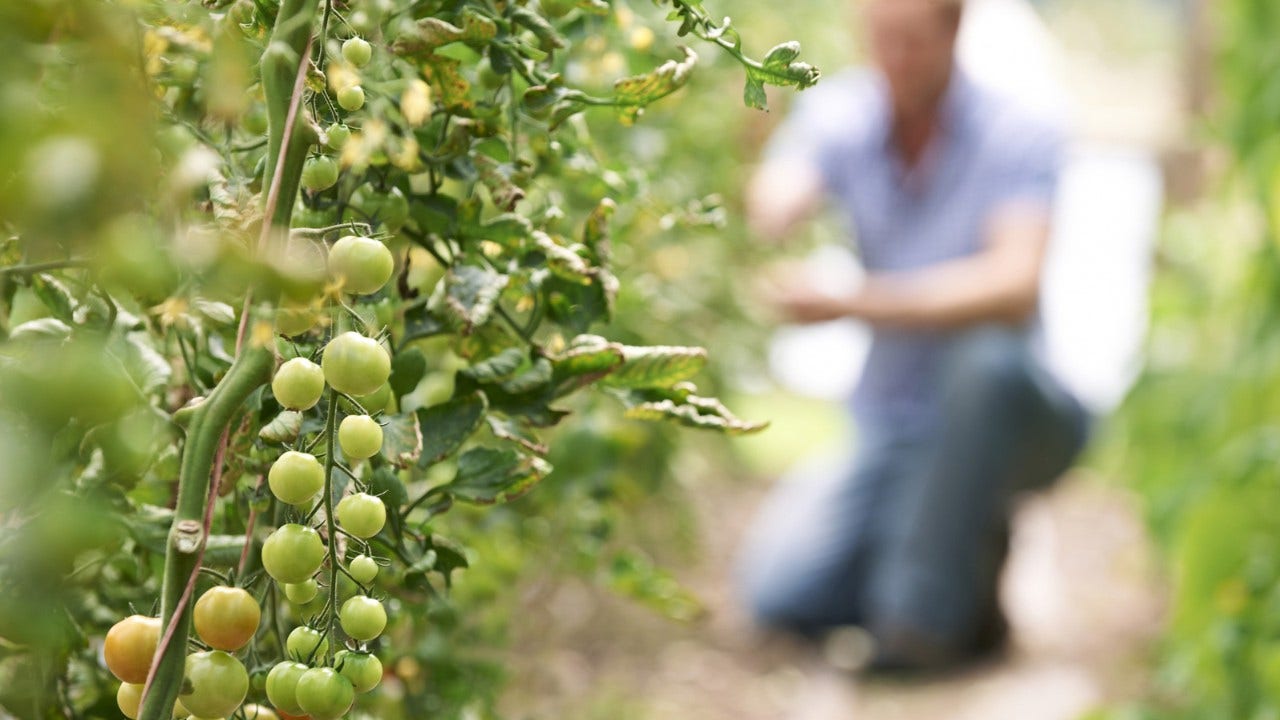Causal Agent
Meloidogyne incognita, M. javanica, M. arenaria
At least four races have been reported.
Distribution
Worldwide
Synonyms
The first above-ground symptoms are stunting, wilting and general off-colored appearance of the affected plants. The undersides of the leaves develop a purple discoloration, which resemble symptoms caused by phosphate deficiency. When diseased plants are pulled up, irregular swellings of the roots, referred to as galls or knots, can easily be seen. These galls tend to be larger and more compound than those caused by Meloidogyne hapla, which produces smaller, discrete galls with lateral roots developing adjacent to them.
Conditions for Development
These nematodes have a very wide host range that encompasses many agricultural crops as well as weeds on which they can grow and survive. Disease is more severe in areas where there is a long growing season with mild winters. Although these nematodes can cause disease in many soil types, root damage is most serious on lighter, sandier soils. Warmer (27°C, 81°F) soil temperatures favor disease development. Meloidogyne incognita is by far the most widely distributed of the three species that cause this disease.
Control
The use of resistant varieties is generally the most effective way of controlling this disease. These varieties should be used in combination with cultural practices that reduce nematode populations because the continued use of resistant varieties alone may result in the breakdown of this resistance. Also. soil pasteurization, fumigation and using disease-free transplants can help reduce losses from this nematode.
 Second-stage juveniles of root-knot nematode, Meloidogyne sp., penetrating tomato root tip. (Courtesy of Jonathan D. Eisenback, Virginia Polytechnic Institute and State University, Bugwood.org)
Second-stage juveniles of root-knot nematode, Meloidogyne sp., penetrating tomato root tip. (Courtesy of Jonathan D. Eisenback, Virginia Polytechnic Institute and State University, Bugwood.org)



